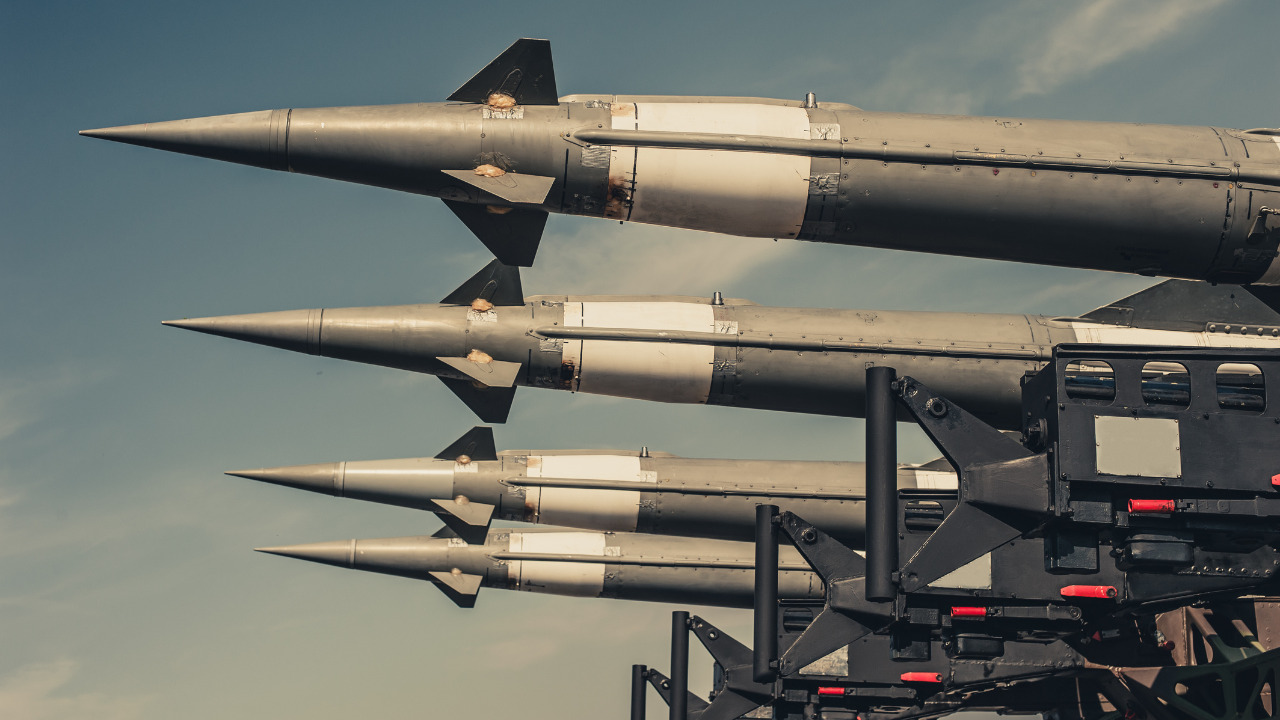Date first published: 27/09/2022
Key sectors: all; defence
Key risks: war on land; war at sea; arms race
Risk development
On 31 August the Japanese Ministry of Defence (MoD) began mass production of an extended-range version of their domestically produced Type 12 Surface-to-Ship Missile (SSM), which was initially approved in 2020, in FY2022/23, citing China’s increasing military capabilities as the motive for the production push. SSMs were introduced into service among Japanese Ground Self Defence Forces in FY2014 as the SSM-1 KAI, which have a range of 200km. The FY2022/23 upgraded SSMs are expected to increase the missile range from 200km to 900km and eventually to 1,500km.
Why it matters
Tokyo continues to cite Beijing’s growing assertiveness over the Senkaku/Diaoyu Islands in the East China Sea and heightened tensions between Taiwan and Beijing as a reason for bolstering Japan’s military capabilities. The push for mass production of the upgraded Type 12 SSMs confirms speculation that Japan is entering into an arms race with China, which has 300 ground base cruise missiles and 1900 ballistic missiles, capable of striking Japan. So far, a budget of JPY33.5bln (US$245m) has been allocated to the development of the upgraded Type 12 SSMs. The Ministry of Defence is considering the deployment of over 1,000 Type 12 SSMs around the Nansei Islands, stretching southwest from Kyushu towards Taiwan. The new Type 12 SSMs would incorporate Up to Date Command (UDTC) technology, which would allow for missiles to receive information about targets via satellite communications while in flight, providing for better accuracy in striking moving targets. A crucial capability for the upgraded Type 12 SSMs is the ability for the missiles to be launched from land, ships and aircraft, which entails its capability to attack enemy naval vessels beyond the range of enemy anti-aircraft missiles. The upgraded missiles would put both Chinese and North Korean coasts within Japan’s striking distance, shifting Japan’s military capabilities towards a potentially threatening position rather than strictly defence capabilities.
Background
On 22 July, the MoD released its 2022 Defence White Paper where it claimed that China was relentlessly attempting to alter the status quo in the Indo-Pacific, particularly around the Senkaku Islands – which are administered by Japan but claimed by China – through coercive behaviour. The mass production of Type 12 SSMs in FY2022/23 is part of Tokyo’s follow-through over its concerns outlined in the White Paper. China has over 2000 intermediate-range (1000-5000km) missiles, capable of striking Japan. Japan has no intermediate-range missiles and remains without a single ballistic missile. US Forces Japan (USFJ) also have no intermediate-range missiles as the US was prohibited from possessing such missiles under a 1987 treaty (Intermediate-range Nuclear Forces) with the former Soviet Union which the Trump administration withdrew from in August 2019. Since its withdrawal, the US is currently attempting to build up intermediate-range missiles in response to the perceived growing China threat.
Risk outlook
Japan is likely to continue to bolster its deterrence capabilities through increased military spending – by JPY55.3bln (US$413.5m) from FY2021/22 to FY2022/23 – on modern warfare technology, citing recent changes in the global power balance as a justification under the umbrella of defence. Due to China’s established military capabilities, Japan has far to go before it comes close to matching China’s 300 ground base cruise missiles, 1900 ballistic missiles and 2000 intermediate-range missiles, however its ‘remilitarisation’ is likely to provoke Beijing and strain relations between the two countries.

